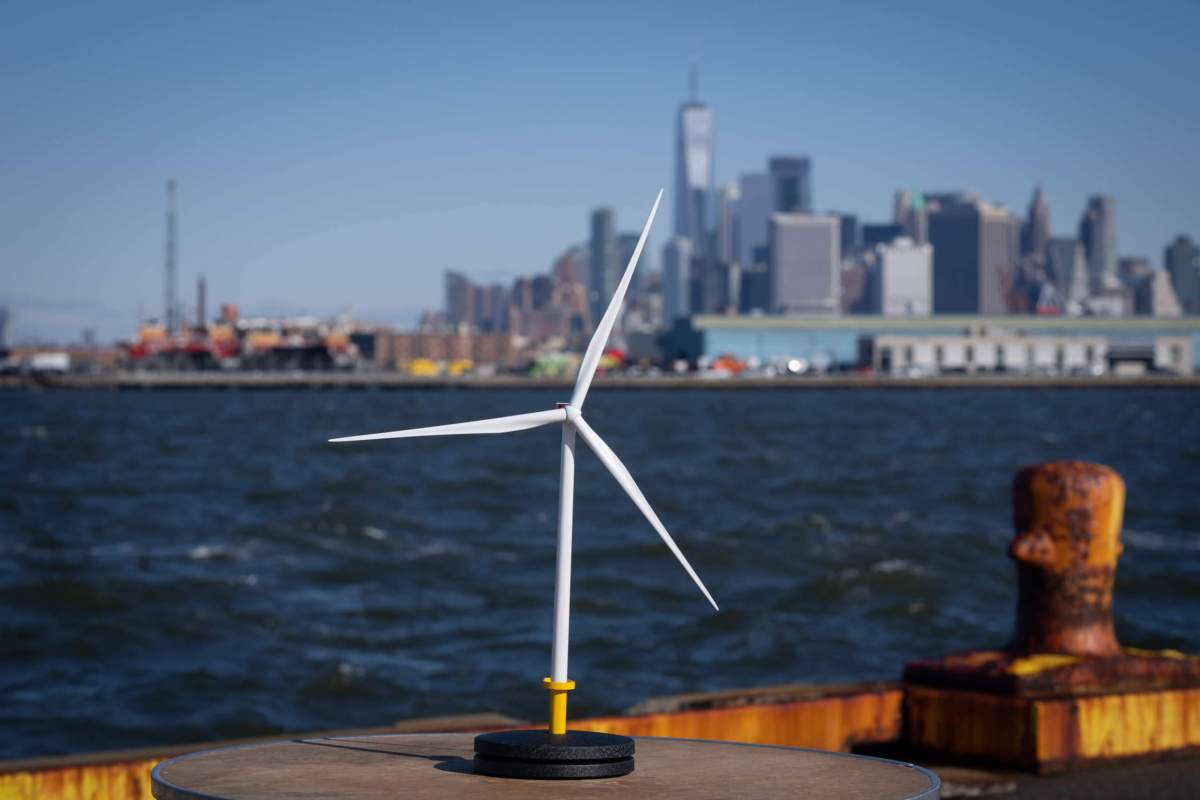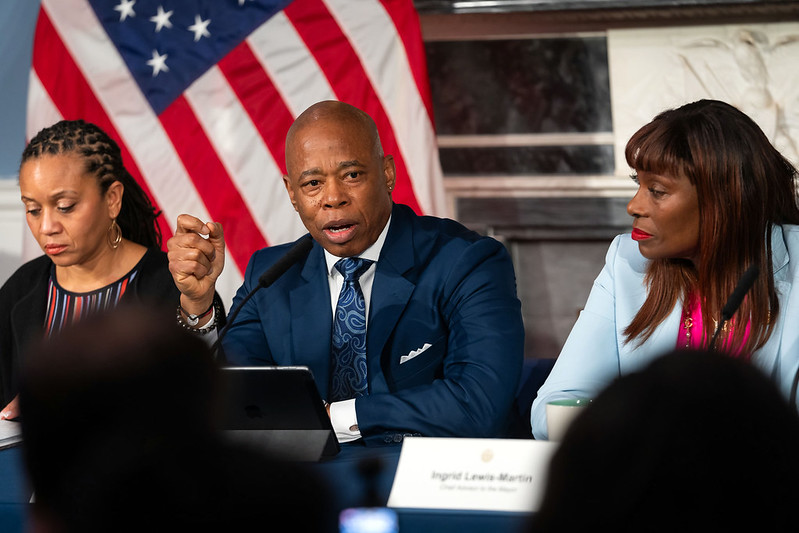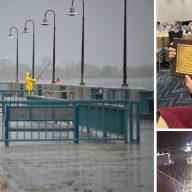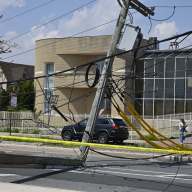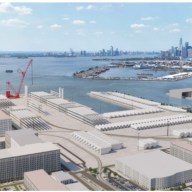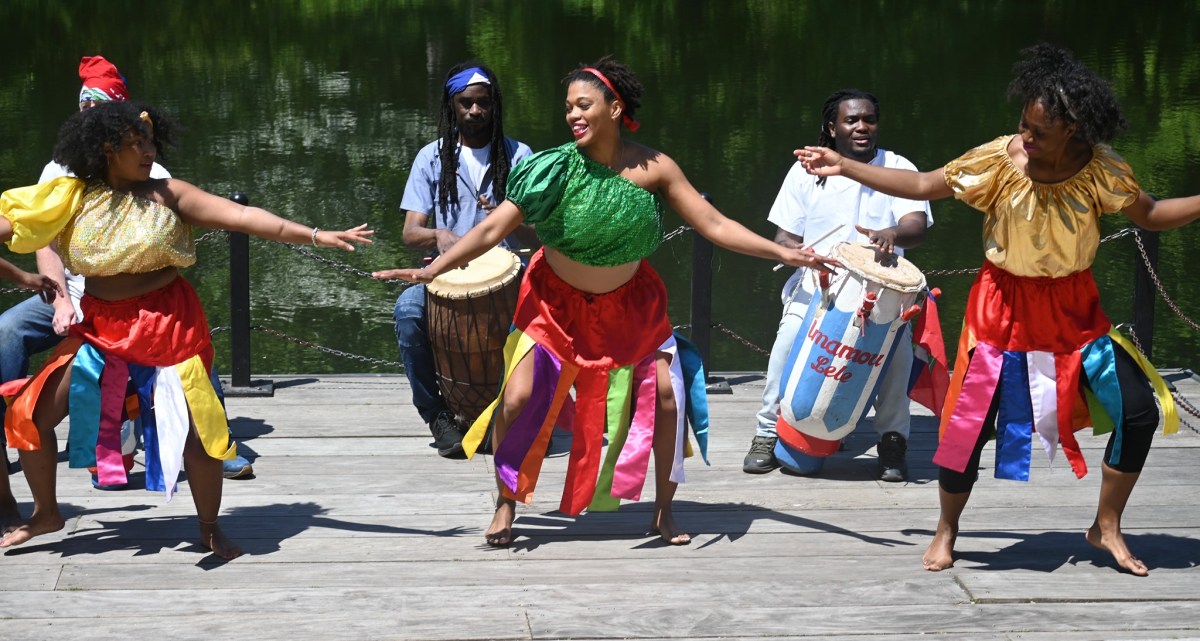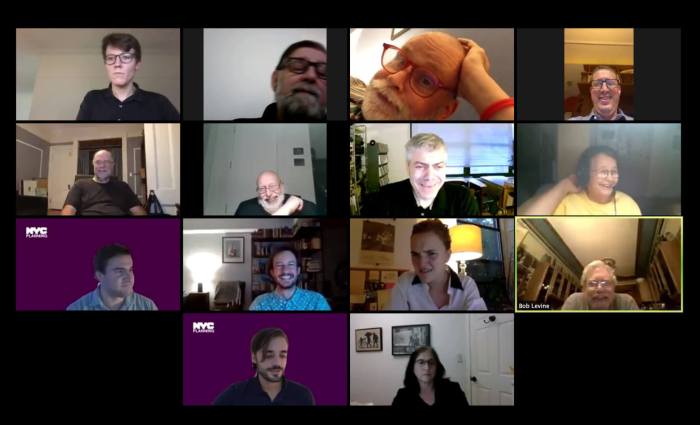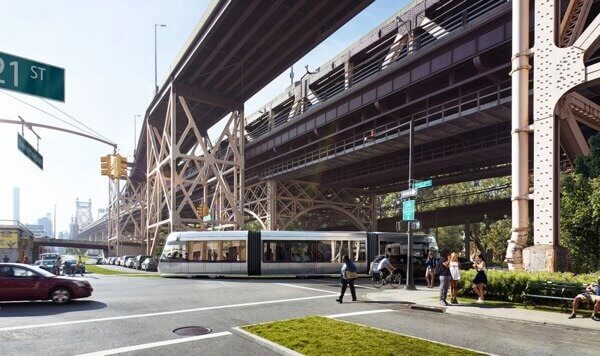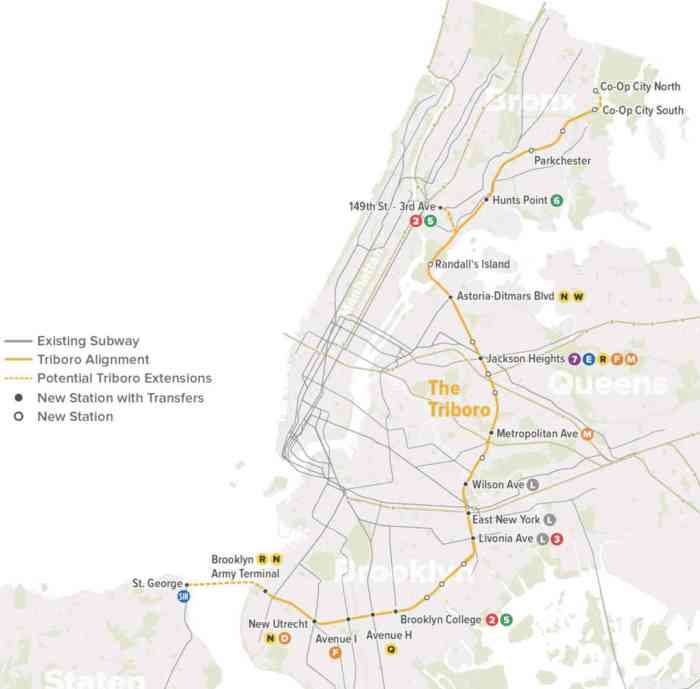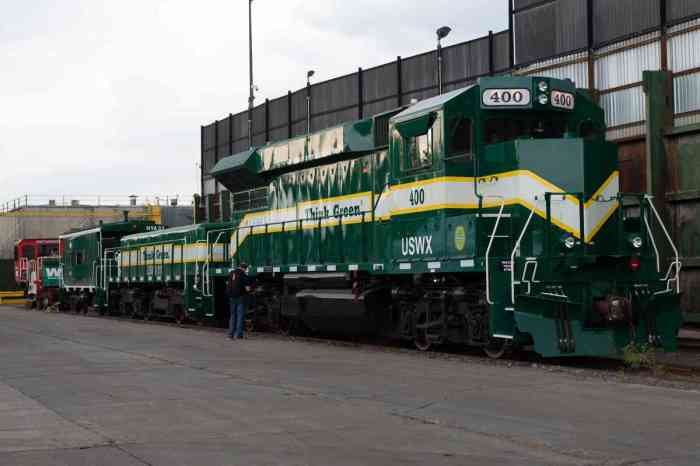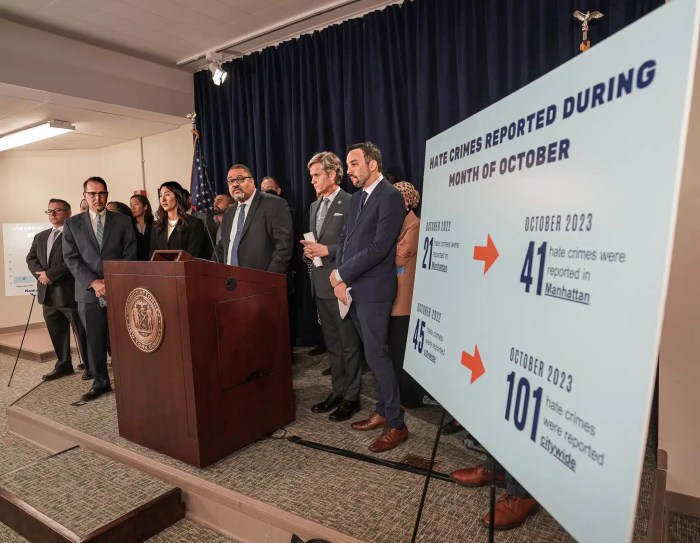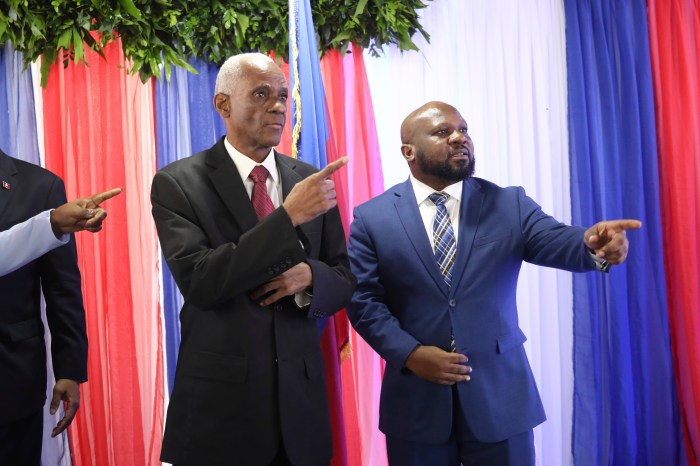The Queens portion of the “Reliable Clean City” projects, a three-part infrastructure upgrade that will eventually allow for the retirement of high-polluting fossil fuel plants, is halfway done, the utility announced last week, and is on-track to be completed early next year.
So far, as part of the Rainey to Corona project, Con Ed has expanded two electric substations in Long Island City and Corona and started installing underground infrastructure for new transmission lines that will connect the two stations. When finished, the upgrade will increase the amount of electricity Con Edison can distribute to customers in the area and connect Queens to renewable energy sources outside the city.
By 2025, Con Ed expects to complete the two other components of the Reliable Clean City projects, that will connect power plants in Gowanus, Park Slope, and Staten Island. Together, the roughly $800 million projects will add about 900 megawatts of transmission capability in Queens, Brooklyn and Staten Island.
The increased capacity is necessary to fill electrical supply gaps that would be created as six old, high-polluting “peaker plants” in the city are retired over the next few years. Peaker plants usually only operate for a few days a year, when demand for electricity is particularly high — but pump massive amounts of carbon dioxide and other pollutants into the air when they are on.
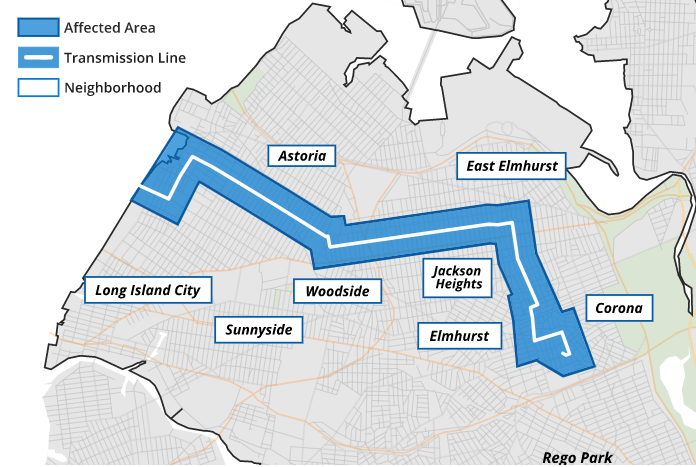
Most of the city’s peaker plants sit near low-income communities in the outer boroughs, where they have increased rates of asthma and other illnesses. At least two of the soon-to-be-closed peaker plants in Brooklyn and Queens sit within a few blocks of public housing developments.
In 2019, the state placed new, stricter regulations on peaker plant emissions — regulations that must be met by 2025. Con Edison determined that complying with those regulations would mean it could not deliver enough electricity to its customers – and introduced the Reliable Clean City projects.
The 900MW are a “significant increase in our ability to move power into communities in the outer boroughs,” said Con Edison spokesperson Karl-Erik Stromsta. In August, demand peaked at over 12,000MW in Westchester County and New York City.
Over time, more and more of the electricity flowing through those lines will be generated from renewable sources as infrastructure like wind turbines and solar panels are built in upstate New York and off the coast. The additional capacity will also allow for more cars and buildings to go all-electric — a ban on gas hookups in new construction goes into effect in New York City in 2024.
“The Reliable Clean City projects offer an on-the-ground demonstration of our commitment to building an energy system capable of delivering 100 percent clean power by 2040,” said Richard David, Con Edison’s director of regional and community affairs in Queens. “These lines will carry wind, solar and hydropower to our customers while strengthening reliability of service, and we’re thankful for the continued support and cooperation of Queens residents while we complete this landmark project.”
The projects garnered support from local environmental activism groups including UPROSE, The Sierra Club, and the New York City Environmental Justice Alliance, who praised the project for creating a pathway for the retirement of peaker plants.
“Going forward, we note the need for increased transparency in developing and implementing solutions to the retirement of existing fossil generation,” the groups said in a joint statement last year. “Here, however, ConEd has identified transmission upgrades that will help the city to reverse course and begin to alleviate the gas dependency.”
A number of local power companies have decided to shutter peaker plants after the new regulations went into effect — late last year, Eastern Generation announced it was tossing plans to “repower” one such plant off the coast of Sunset Park and would close part of the floating power station by this fall. The company’s ability to fully show down its plants in the Gowanus Bay and the Narrows by 2025 depended on the completion of Con Ed’s reliability projects, an Eastern Generation spokesperson told Brooklyn Paper at the time.
Both the Brooklyn and Staten Island projects are in the early stages of construction, according to Con Ed, and are expected to be completed by 2025.
Correction 11/16/22, 11:32am: This story previously said the six peaker plants being retired in New York City were owned by Con Edison. We regret the error.


